Birds of Our Observations
Let yourself be inspired by our fascinating observations from the past years and discover the diverse world of nature. Here, we regularly present a compilation of our latest discoveries and observations.
If you are looking for a specific bird, you can find it using the search field:

Green sandpiper (Tringa ochropus)
The Green Sandpiper (*Tringa ochropus*) is a shy wader that prefers hidden waters. Discover how it lives, hunts, and why it is the only wader in Europe that nests in trees…
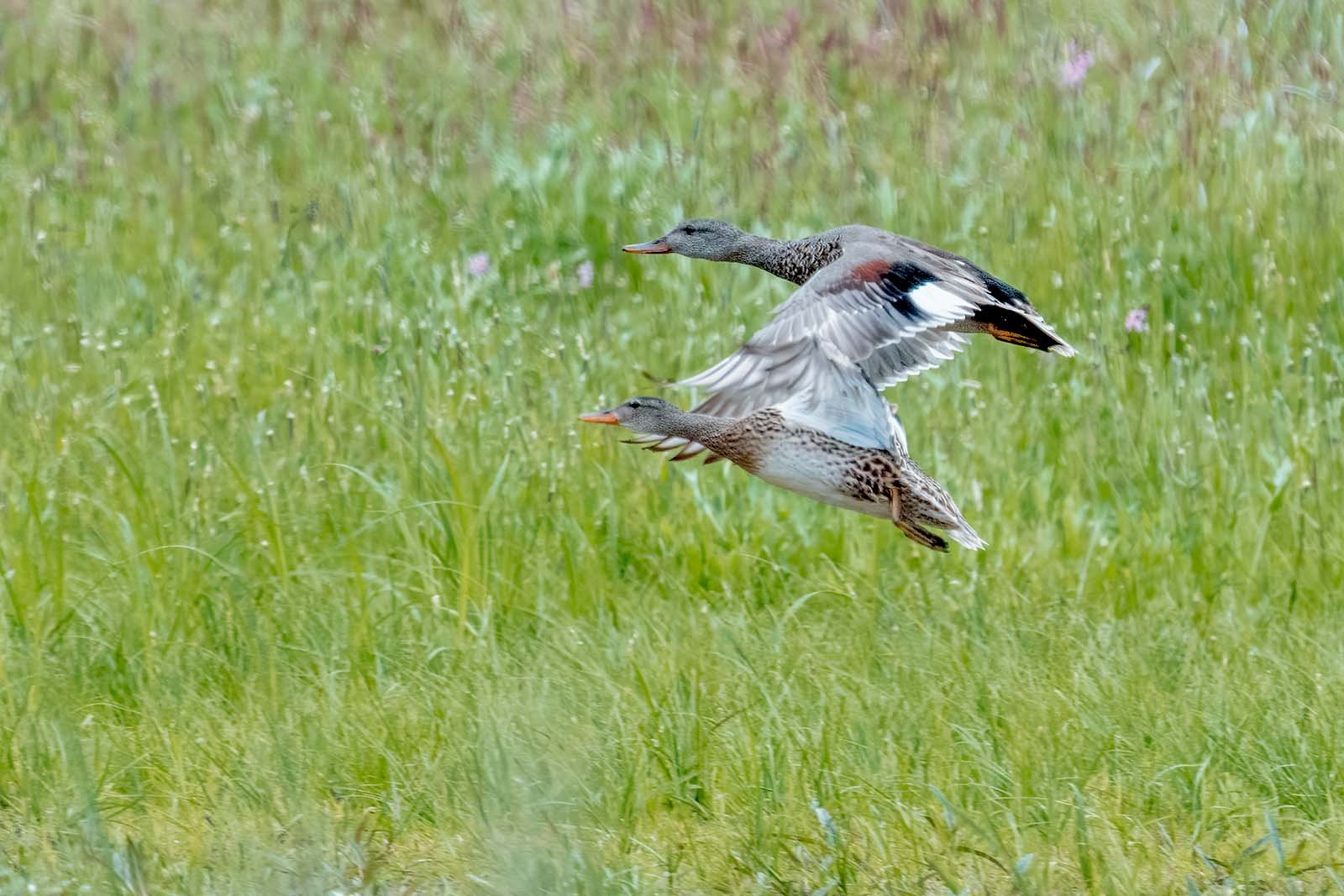
Gadwall (Mareca strepera)
The gadwall, a quiet inhabitant of shallow waters, stands out with its mottled plumage and white wing patch. Learn about its diet, courtship, and hidden nesting habits…
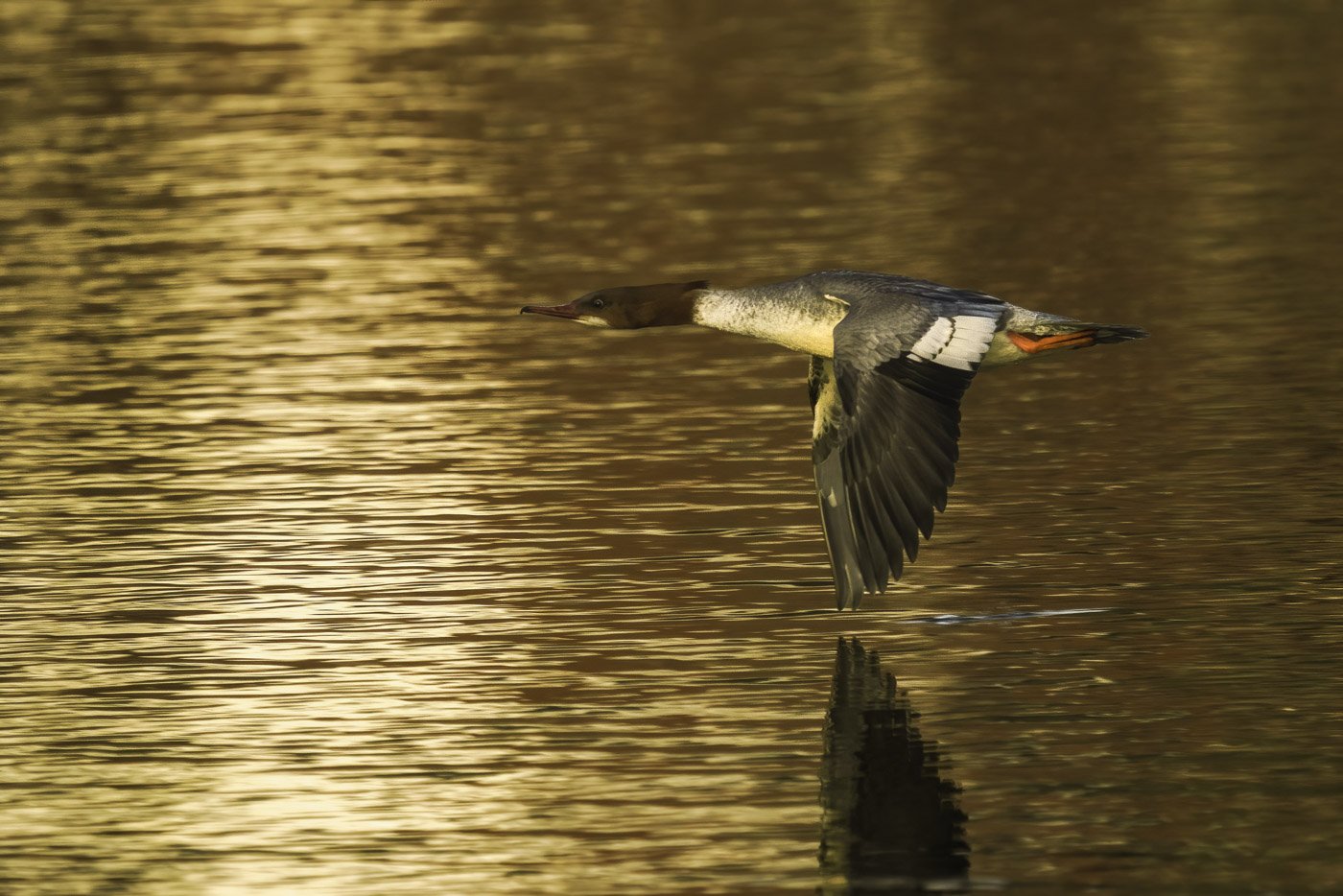
Goosander (Mergus merganser)
The goosander, an elegant waterbird with a striking bill, is a skilled fish hunter. Learn more about its remarkable appearance, behavior, and habitat…
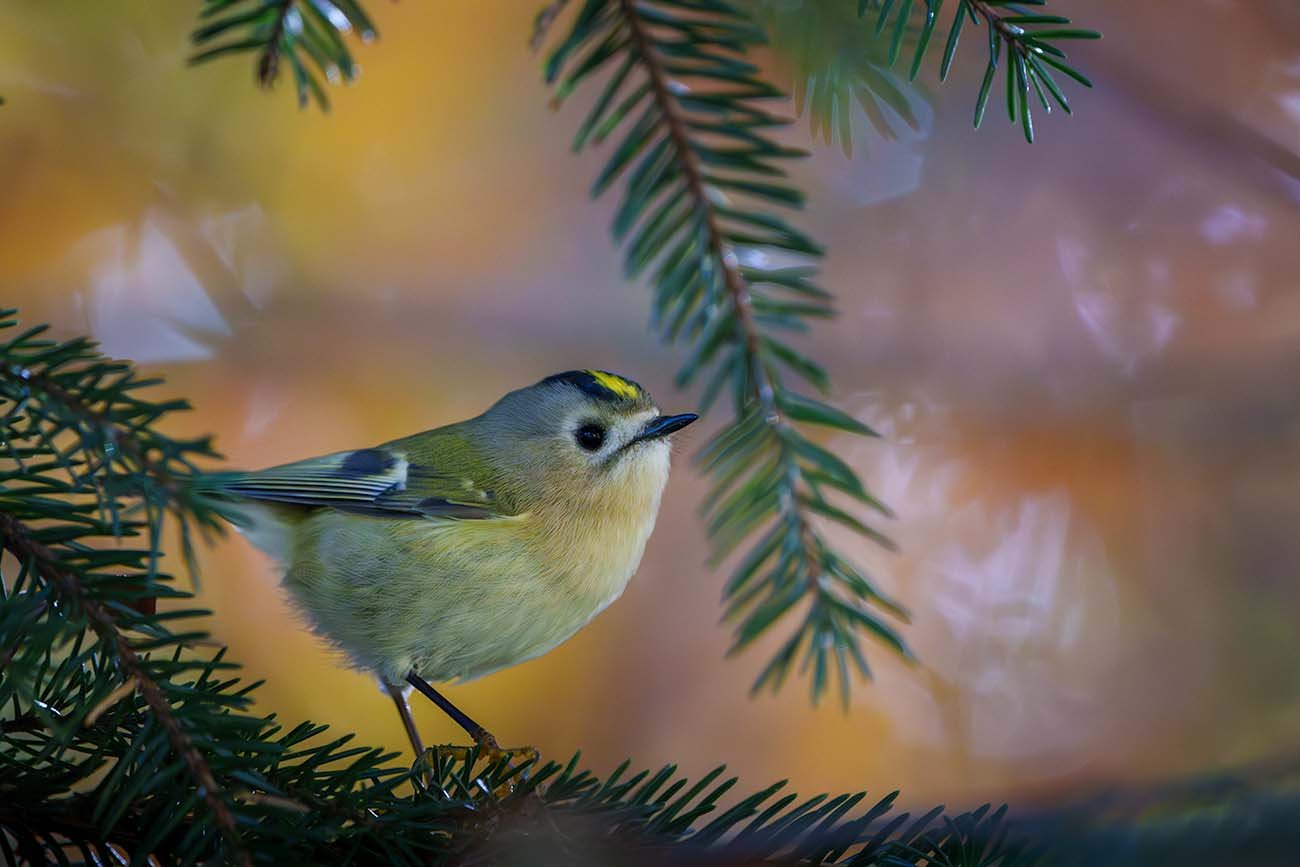
Goldcrest (Regulus regulus)
The goldcrest, Europe's tiniest bird, captivates with its yellow crown stripe and lively behavior. Discover more about its lifestyle and unique traits.…
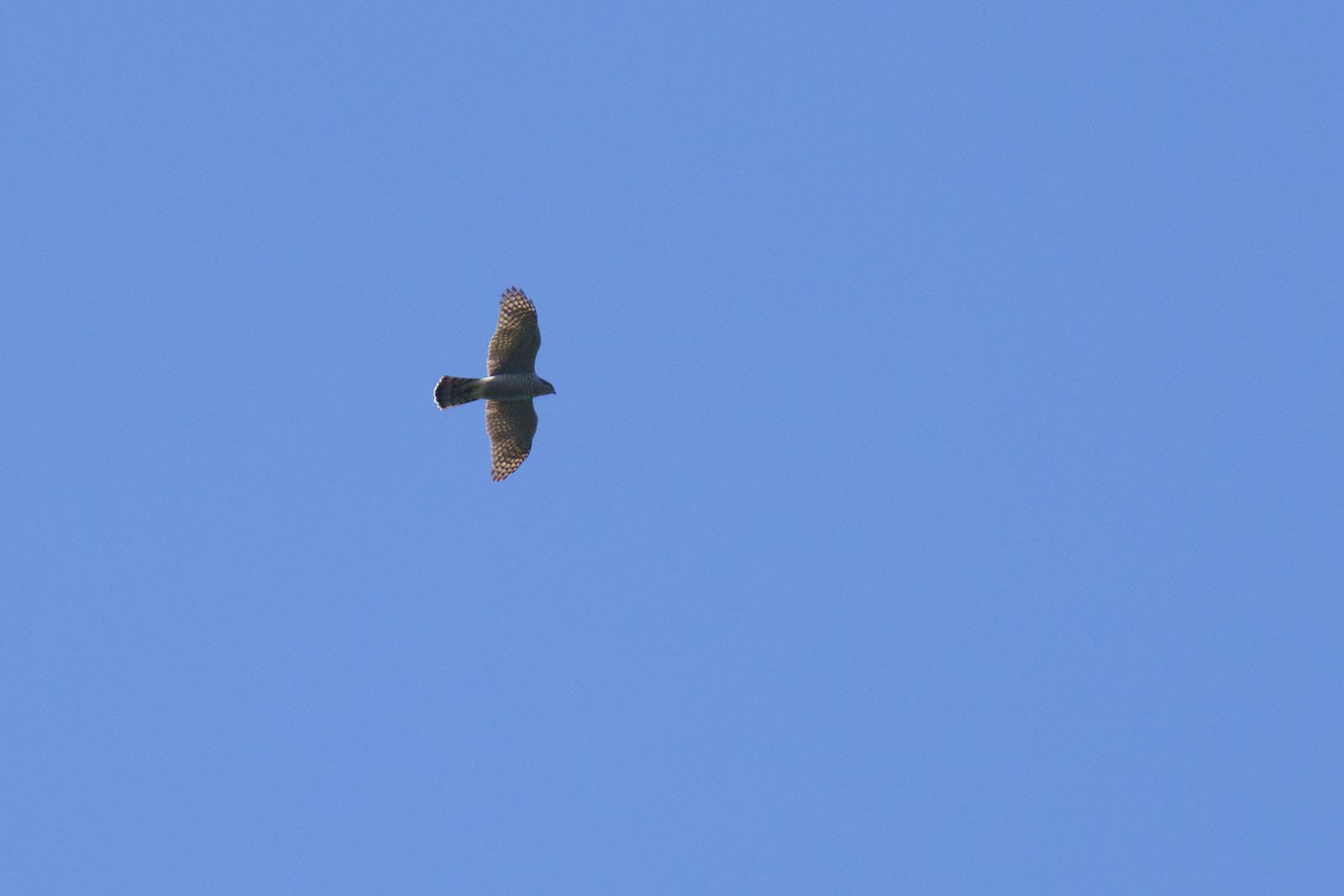
Goshawk (Accipiter gentilis)
Learn about the Goshawk (Accipiter gentilis): habitat, diet, appearance, and breeding. A powerful bird of prey in Europe's forests!
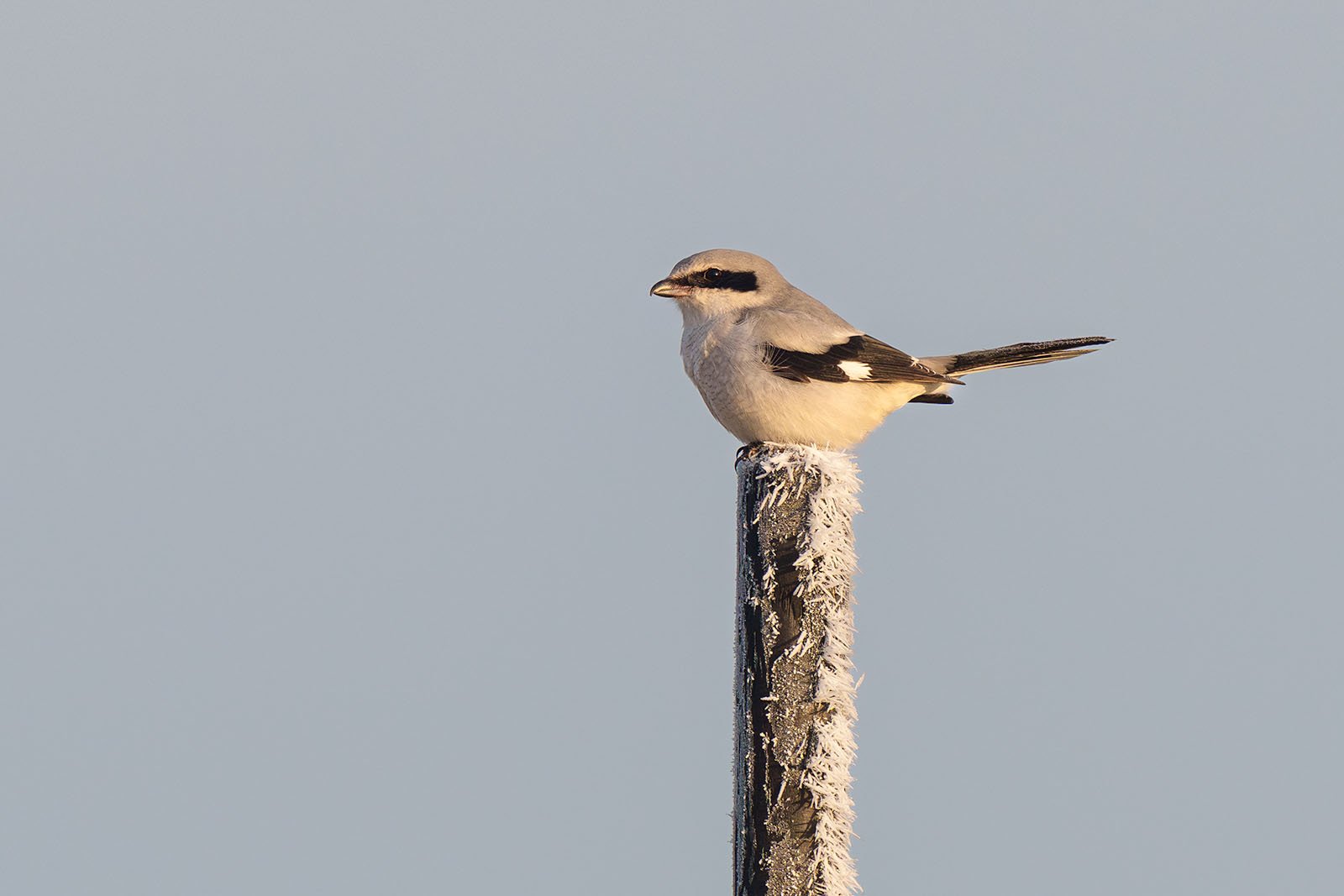
Great Grey Shrike (Lanius excubitor)
Discover the Great Grey Shrike (Lanius excubitor): habitat, diet, appearance, and breeding. A unique songbird with predator-like behavior!
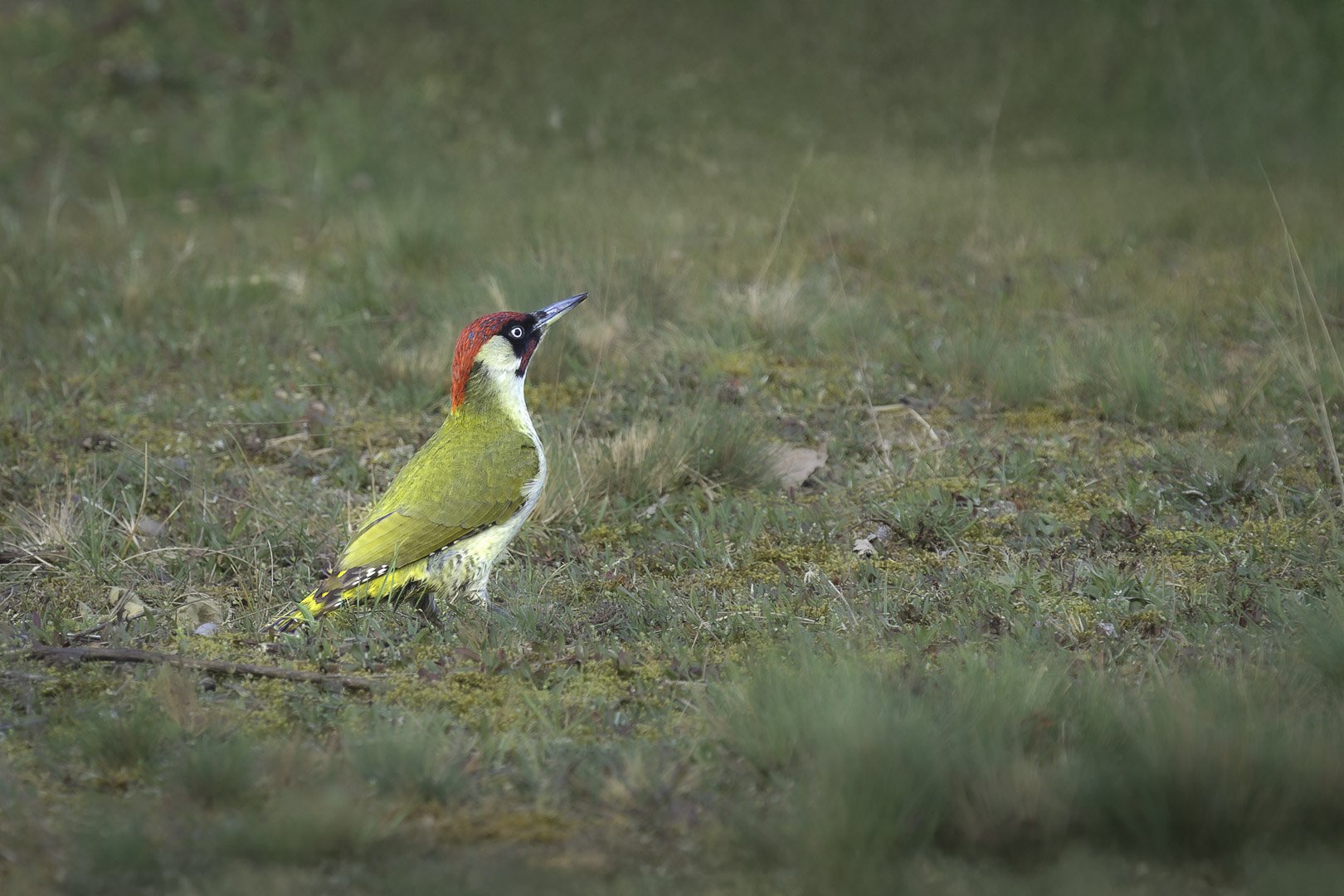
European green woodpecker (Picus viridis)
Discover the Green Woodpecker: With its vibrant green plumage, striking red crown, and love for ants, this bird is truly eye-catching. Learn all about its habitat, breeding behavior, and fascinating traits!

Greenfinch (Chloris chloris)
Learn all about the Greenfinch – its bright feathers, habitat, diet, and breeding season. Perfect for birdwatchers of all levels!
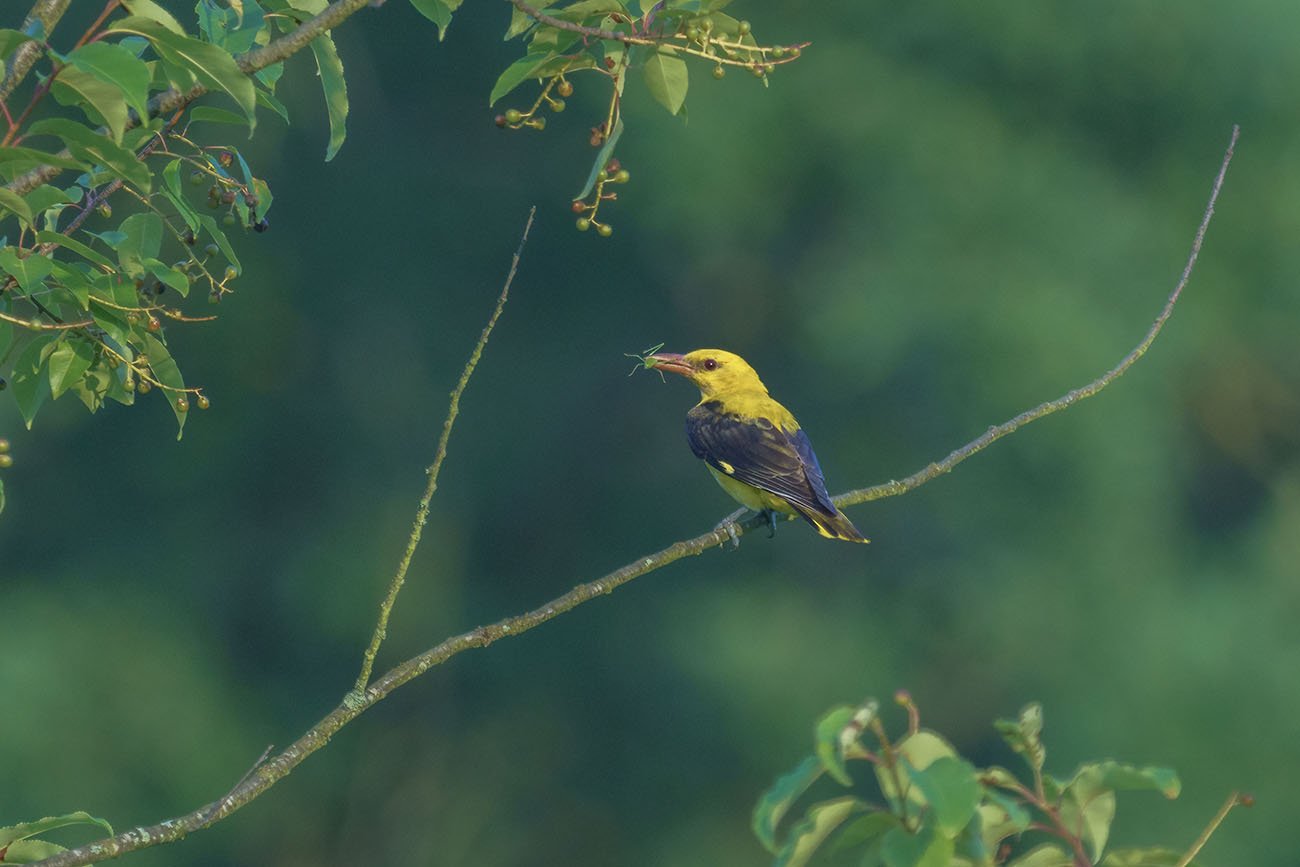
Eurasian golden oriole (Oriolus oriolus)
The Golden Oriole is a brightly colored songbird, famous for its clear, flute-like song. While the male stands out with its bright yellow feathers, the bird is often hard to spot because it prefers to stay hidden in the high...
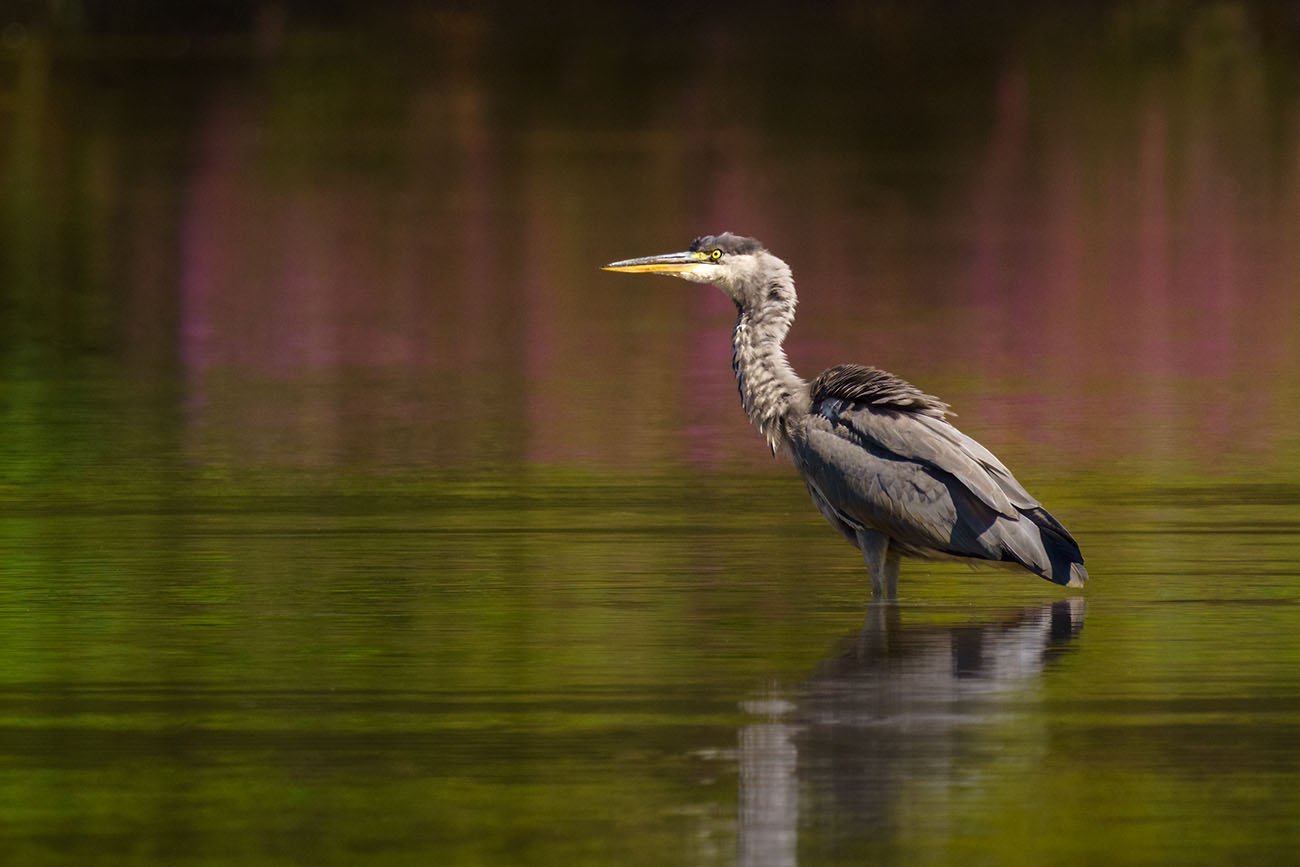
Grey heron (Ardea cinerea)
Grey Herons prefer wetlands like rivers, lakes, and marshes. They can also be found in wet meadows and floodplains. These birds live in colonies, often nesting near forest edges or high in treetops. When searching for food, they are often seen alone or in...

Graylag goose (Anser anser)
The Greylag Goose is one of the most well-known goose species in Europe and is also the wild ancestor of our domestic geese. With its strong body, characteristic call, and typical colors, it is found in many wetlands and...
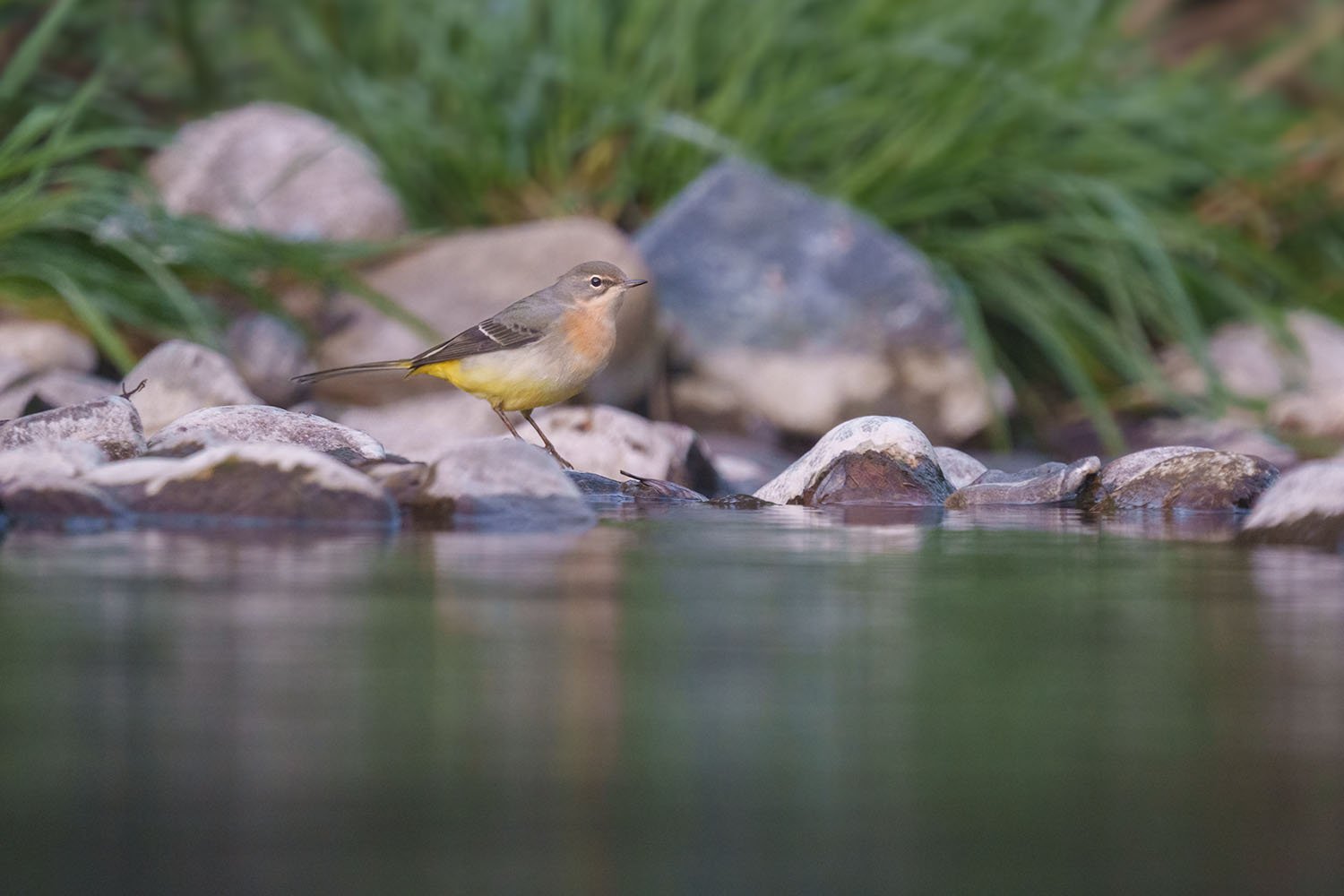
Grey wagtail (Motacilla cinerea)
Grey Wagtails live mainly near rivers and streams in mountain areas. Their typical behavior is the constant tail-wagging, which makes them easy to recognize. This tail-wagging is often seen when they are looking for insects on rocks or...
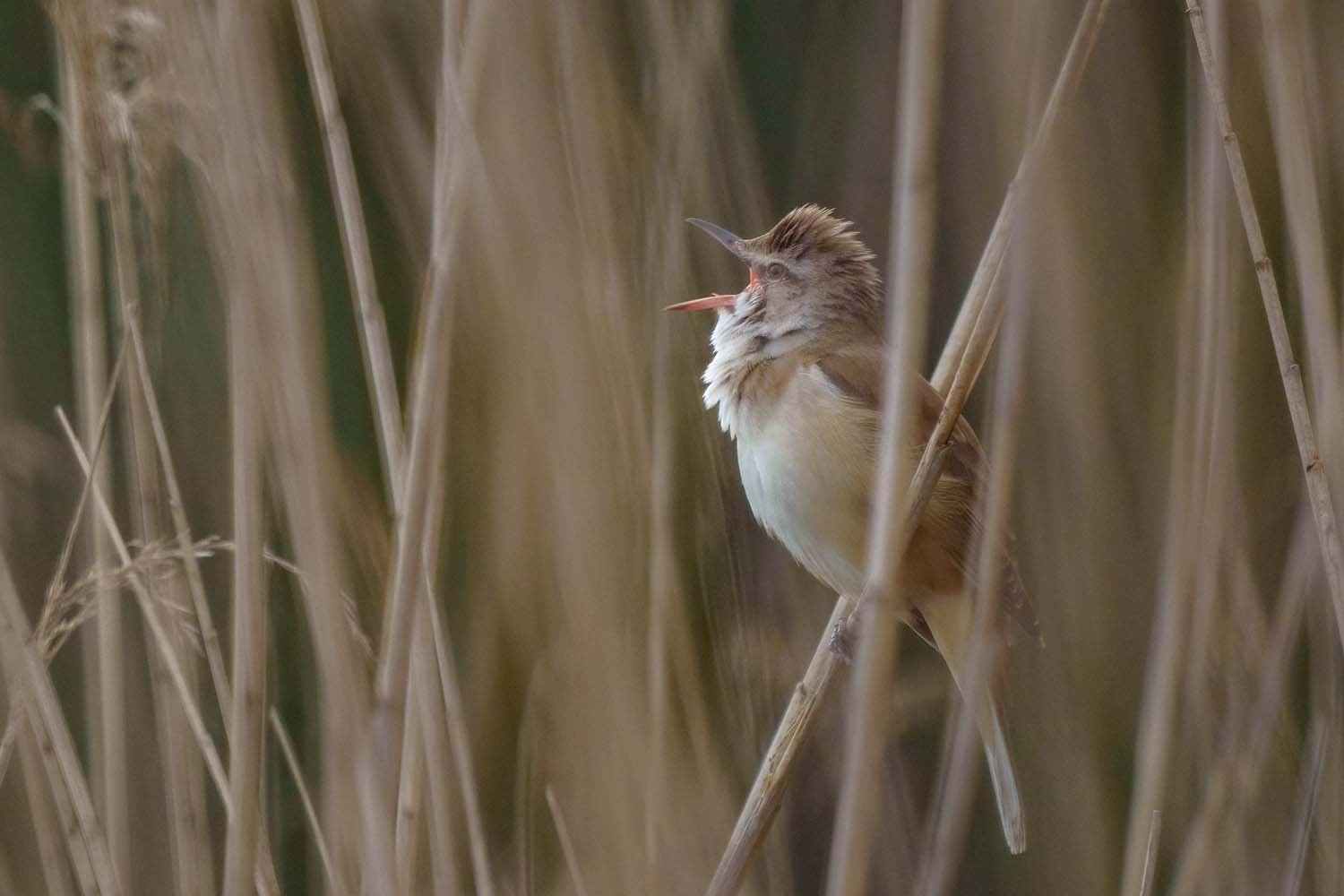
Great reed warbler (Acrocephalus arundinaceus)
The Great Reed Warbler is the largest of the European reed warblers and stands out with its robust body and powerful voice. It is mainly found in reed beds and wet meadows, where its loud song marks...
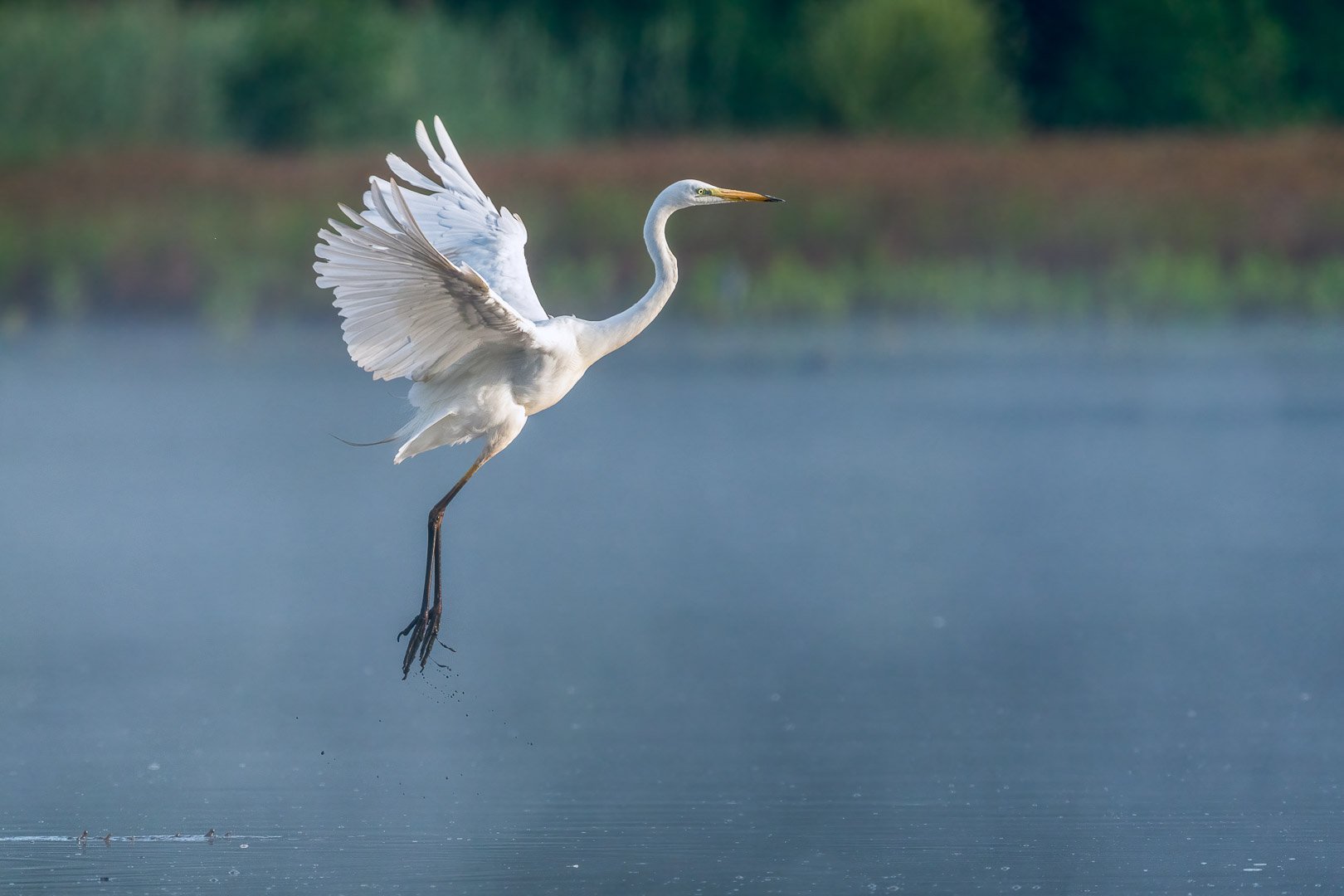
Great egret (Ardea alba)
The great egret (Ardea alba) is a species belonging to the heron family. With a body length of up to one meter and a wingspan of up to 1.70 meters, it is one of the largest heron species in Europe. The weight varies between 0.7 and 1.5 kilograms. The great egret mainly feeds on insects, amphibians, fish, and
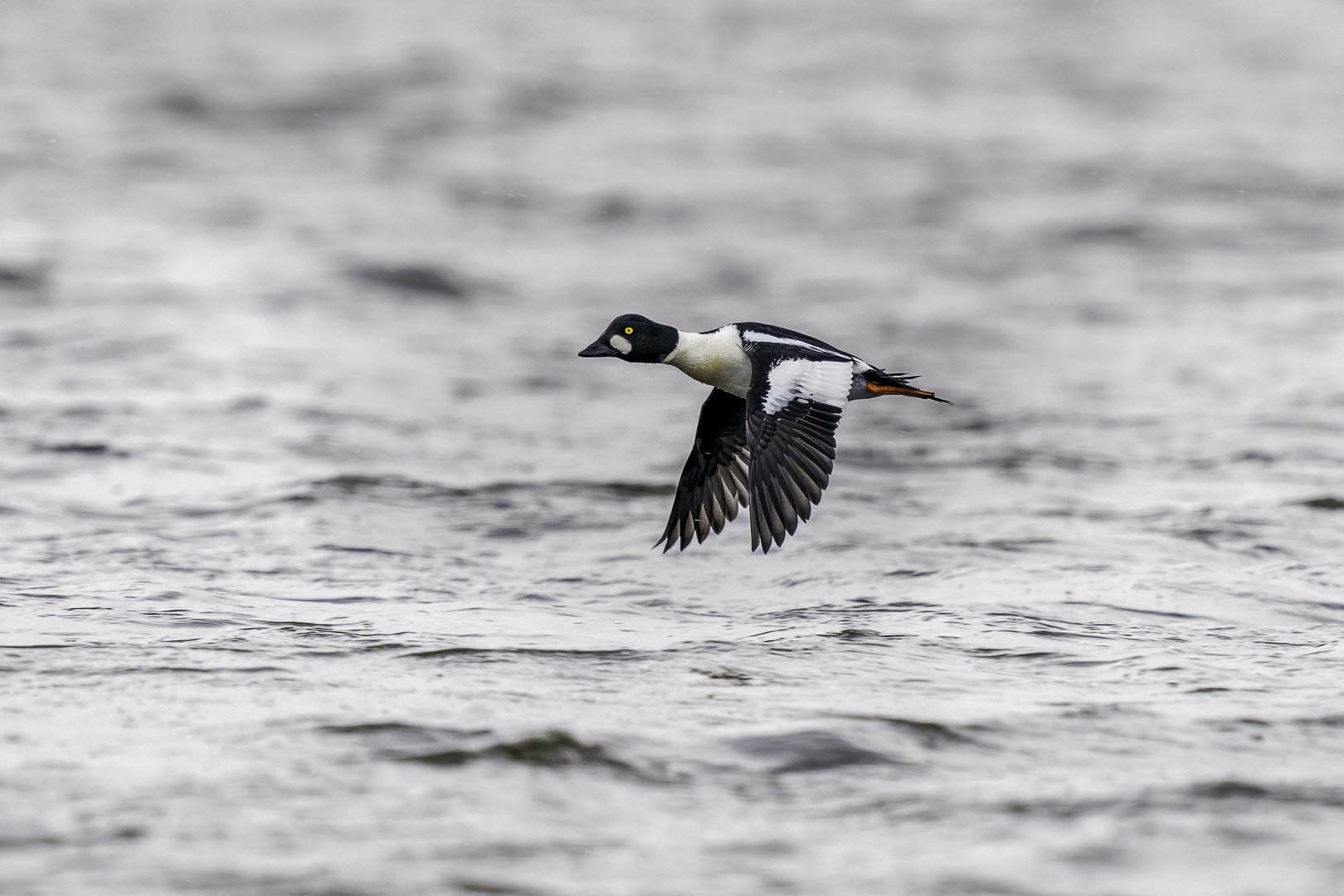
Common goldeneye (Bucephala clangula)
The common goldeneye (Bucephala clangula) belongs to the family of waterfowl (Anatidae) and is widely distributed across the Holarctic region, primarily in the northern coniferous forest zone. The stout appearance of the species is characterized by its short neck and relatively large head. There are two subspecies of the common goldeneye, which are distributed from Europe through Siberia to America. Due to its suitability for captive breeding, it is classified among the sea ducks.
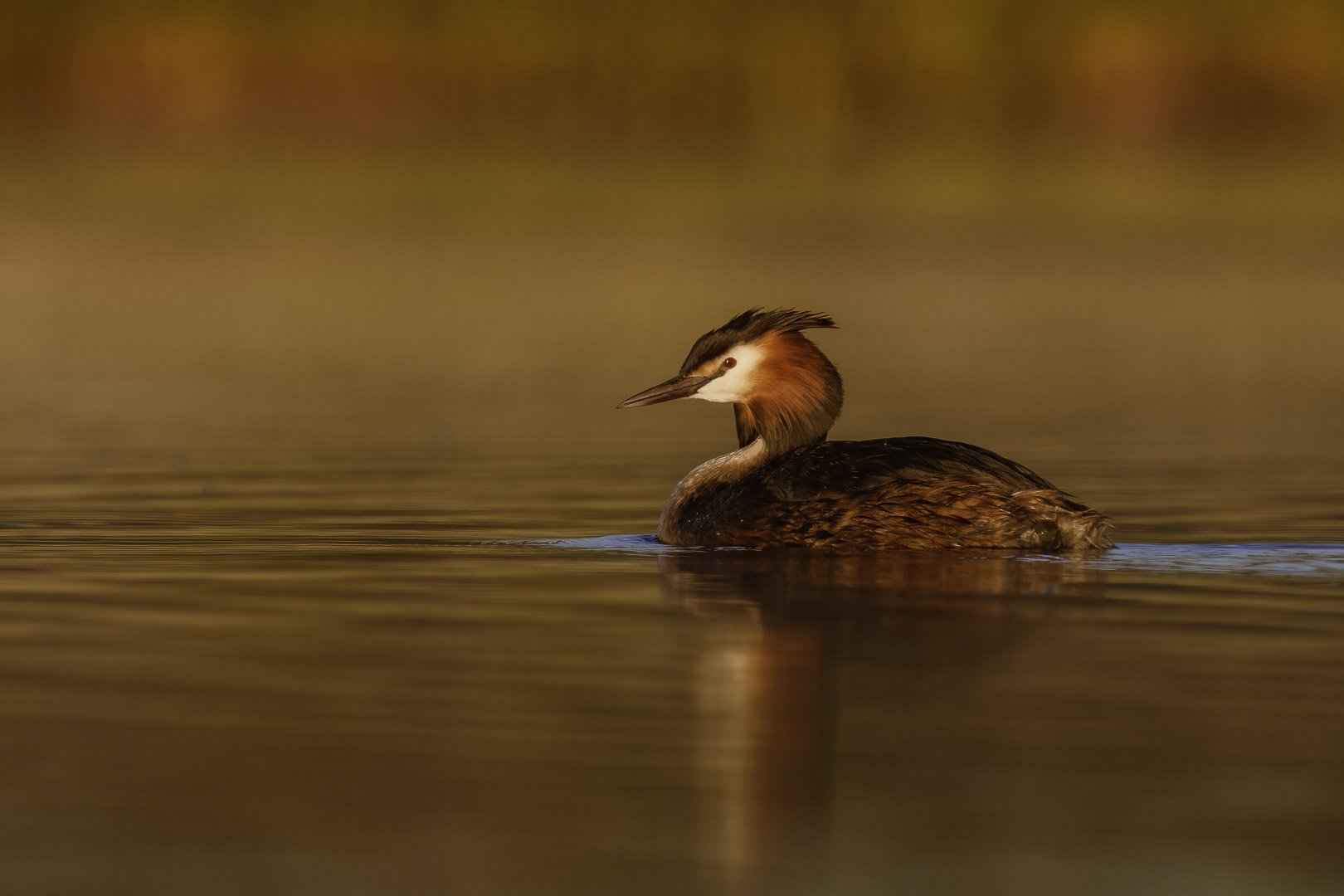
Great crested grebe (Podiceps cristatus)
The Great Crested Grebe (Podiceps cristatus) is a medium-sized waterbird that is native to Europe, Asia, and North Africa. It is a striking bird with a magnificent breeding plumage consisting of an orange throat patch, a black, and white head cap, and a black feather crest on the back of the head.
With a body length of 46 to 51 centimeters and a wingspan of 59 to 73 centimeters, the Great Crested Grebe has a compact body. The powerful, short legs are set far back on the body and have webbed feet.
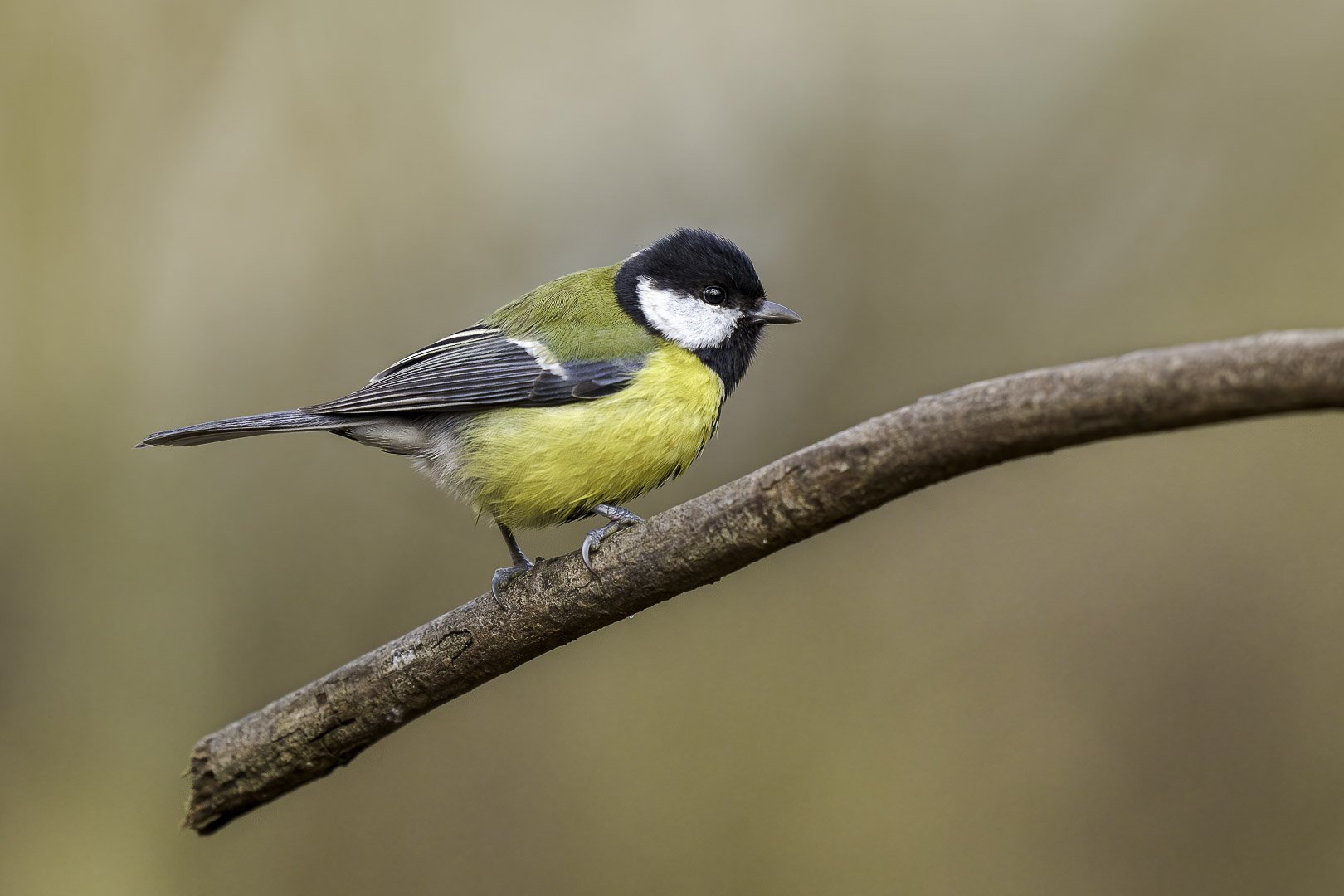
Great tit (Parus major)
The great tit (Parus major) is a small songbird belonging to the tit family (Paridae). It is approximately 15 cm long and has a wingspan of about 8 cm. The plumage of the great tit is unmistakable, with black, white, and yellow markings. The head, neck, and throat are black, while the wings and tail are black and white striped. The belly and chest are yellow, and the bill is short, sturdy, and black.
